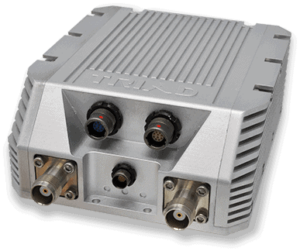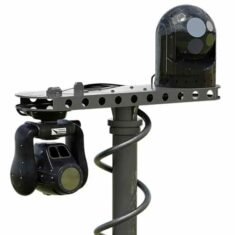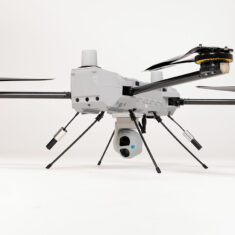C4I (Command, Control, Communications, Computers, and Intelligence) and C4ISR (Command, Control, Communications, Computers, Intelligence, Surveillance, and Reconnaissance) are related concepts that involve technologies that can enhance information gathering, situational awareness and decision-making for military and intelligence operations.
Autonomous C4I and C4ISR systems can provide military commanders with information about the status and location of both friendly and enemy forces. They can connect what would otherwise be disparate battlefield elements together, and shorten the time between information being gathered and that information being acted upon.
All forms of unmanned systems, including UAVs (unmanned aerial vehicles), UGVs (unmanned ground vehicles), USVs (unmanned surface vessels) and UUVs (unmanned underwater vehicles) may be utilised as C4I and C4ISR assets, providing information and fire support for areas of the battlefield on land, at sea and in the air. Each platform has its advantages – for instance, fixed-wing surveillance drones, especially larger ones, tend to have longer flight times and can provide persistent surveillance capabilities, but multirotor UAVs are highly manoeuvrable and can loiter in place.

C4ISR Payloads
Imaging and sensor payloads are essential parts of drone and unmanned C4I and C4ISR. Radar, electro-optical/infrared (EO/IR), sonar and other technologies can be fitted to drones and robots in order to gather essential information. C4I and C4ISR systems will also disseminate this information to command posts and to other vehicles in the fleet.
C4I and C4ISR systems may require coalition and multinational forces to work together, resulting in a variety of different types of drone and autonomous vehicle on the battlefield. In order to develop working concepts of operations, these vehicles may have to be interoperable. Guidelines for this are set out in documents such as NATO’s STANAGs (Standardization Agreements). UAVs and autonomous systems may also be operated in swarms, allowing them to cover a large area or work together to defeat enemy forces.
Counter-drone systems may also form part of C4I and C4ISR systems. Anti-drone technology can provide detection, tracking and interception of a wide range of unmanned aircraft, providing force protection for bases as well as units operating in the field.
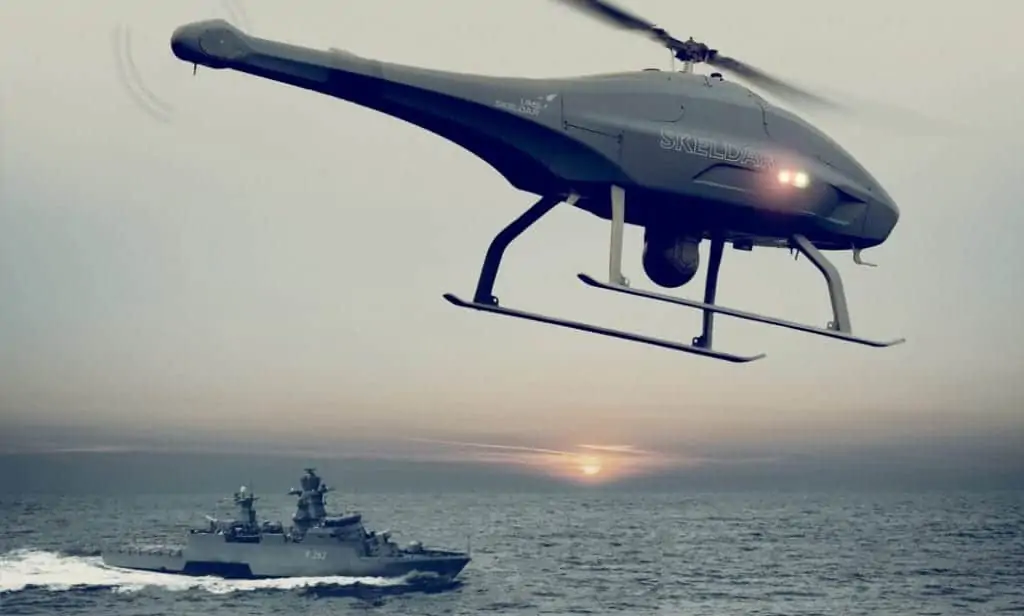
C4ISR and C4I Systems Infrastructure
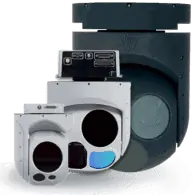
Collins Aerospace TASE Imaging Systems Payloads
The infrastructure for C4I and C4ISR will typically be designed as a system-of-systems that acts as a unifying framework to provide interoperability between different armed services and even different nations, working across different geographical and organizational boundaries. It will allow bases and command centres to reliably and efficiently link to deployed units and task forces via long-distance communications and sensor networks.
This infrastructure may be designed with a layered architecture in mind, with interfaces that allow new and emerging technologies to be continually integrated as required without the need for an entire redesign of the system. Both COTS (commercial off-the-shelf) and bespoke hardware and software components may need to be employed.
Design of C4I system’s infrastructure will usually need to be undertaken with adherence to technical and mil-spec standards. These standards will govern a wide range of aspects such as information security, communications protocols, hardware and software interfaces, and data formatting.
C4I and C4ISR Technologies
In addition to the unmanned systems themselves, technology that enables C4I and C4ISR systems to provide enhanced situational awareness include:
-

Triad RF – Rugged low-SWaP radio for long-range UAS communications & military MANET applications
Imaging and sensing systems such as EO/IR gimbals, sonar, LiDAR, and environmental sensors
- Counter-drone systems, which may consist of a variety of technologies working together to provide detection, identification, tracking and intercepting of rogue drone threats
- Tactical communications and connectivity systems, including SATCOM and radio technologies such as mesh and MIMO that allow units to communicate in environments with limited or no existing comms infrastructure
- Georeferencing technologies such as GPS and GNSS that provide location and targeting of enemy forces as well as tracking of friendly forces
- Embedded computing systems for unmanned vehicles that provide advanced functions such as video processing and artificial intelligence and computer vision capabilities




